Advanced technologies help safeguard ancient wooden wonder
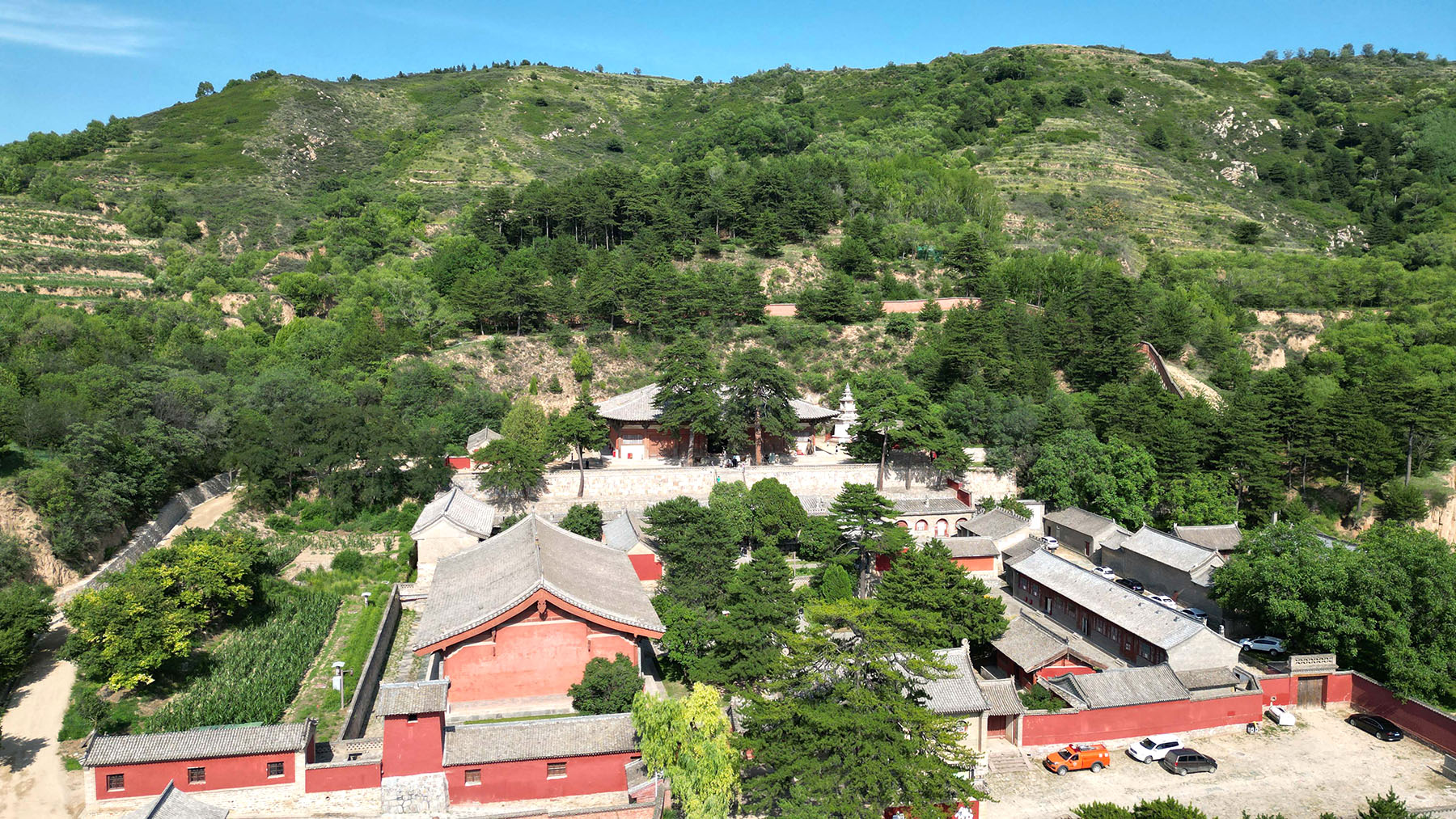
The phenomenal success of Black Myth: Wukong not only elevated the image of China's video game industry, but also introduced to a global audience the ancient wonders of Foguang Temple in Wutai, a county in Shanxi province.
Nestled in the forests of Wutai Mountain, Foguang is one of the oldest wooden temples in China and renowned for its well-preserved Tang Dynasty (618-907) architecture.
The intricate carvings and murals found in the temple were mirrored in the game, which was inspired by the classic Chinese tale Journey to the West.
The triple-A game became a worldwide hit after it was released in August last year, and introduced the temple to a younger, tech-savvy audience while fostering a deeper appreciation of its historical and cultural significance.
READ MORE: Brushing history back to life
"This is a bold innovation," said Hu Junying, director of the Repository of Cultural Relics at Foguang Temple. "Through the integration of a video game and traditional culture, China's fine traditional culture is being promoted to the world."

Inscriptions found in the temple show that it was originally built in the Northern Wei Dynasty (386-534) and rebuilt in the late Tang Dynasty. The preserved Grand Eastern Hall, the main hall of the temple, was built in 857.
The discovery made the historical and cultural value of Foguang Temple known to the world, and also debunked the claim by Japanese scholars that no wooden architecture from the Tang Dynasty or earlier remained in China. Before the 1930s, many researchers, especially those in Japan, asserted that there were no preserved Tang Dynasty wooden structures in China.
The temple's wooden structure, statues, murals and inscriptions are regarded as the four treasures of Tang Dynasty Buddhist art.
But Black Myth: Wukong is not the only example of digital technology revolutionizing the accessibility and preservation of China's ancient heritage. From 3D modeling, virtual reality, augmented reality and artificial intelligence to immersive storytelling platforms, digital tech is making history more accessible and engaging.

High-tech preservation
In recent years, Shanxi has been at the forefront of leveraging digital technology to preserve and promote its ancient architecture.
Advanced tools such as 3D-laser scanning, drone photography, and high-precision modeling have been employed to create detailed digital replicas of Foguang Temple and other historical sites. These digital models serve as invaluable archives, ensuring intricate details of the historical sites are preserved for future generations.
Lu Yi, president of Shanxi Provincial Institute for the Protection of Ancient Architecture and Painted Sculptures and Murals, said the success of Black Myth: Wukong had put cultural heritage sites such as Foguang Temple in the spotlight, and demonstrated the enormous potential of digital technology in promoting culture and tourism.
"In the meantime, it also showcases the significant role of digital development in the high-quality protection of cultural heritage," Lu said.
Digital technology already covers areas such as the protection, management and virtual restoration of cultural heritage items. However, it also can improve the visitor experience, Lu said.
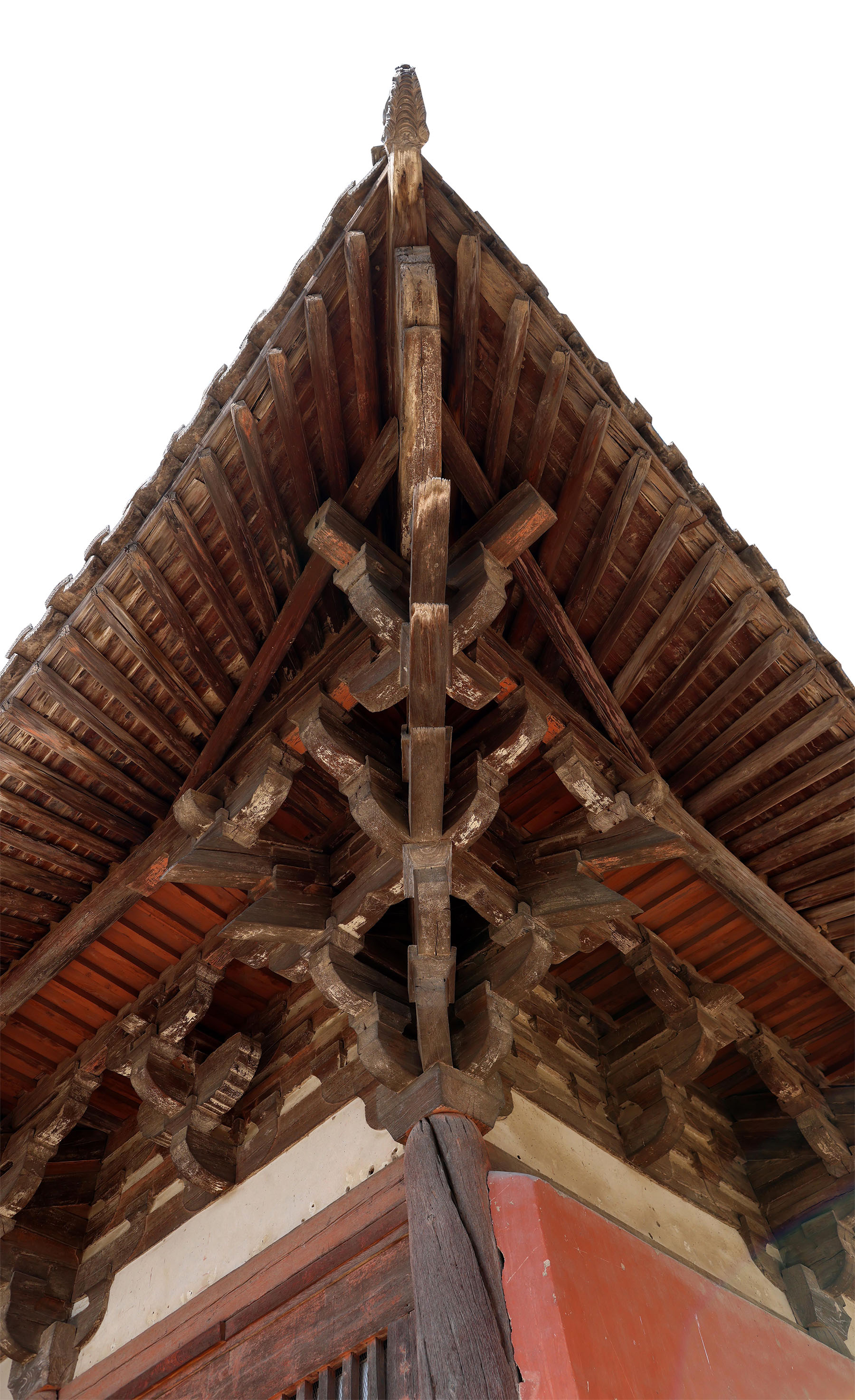
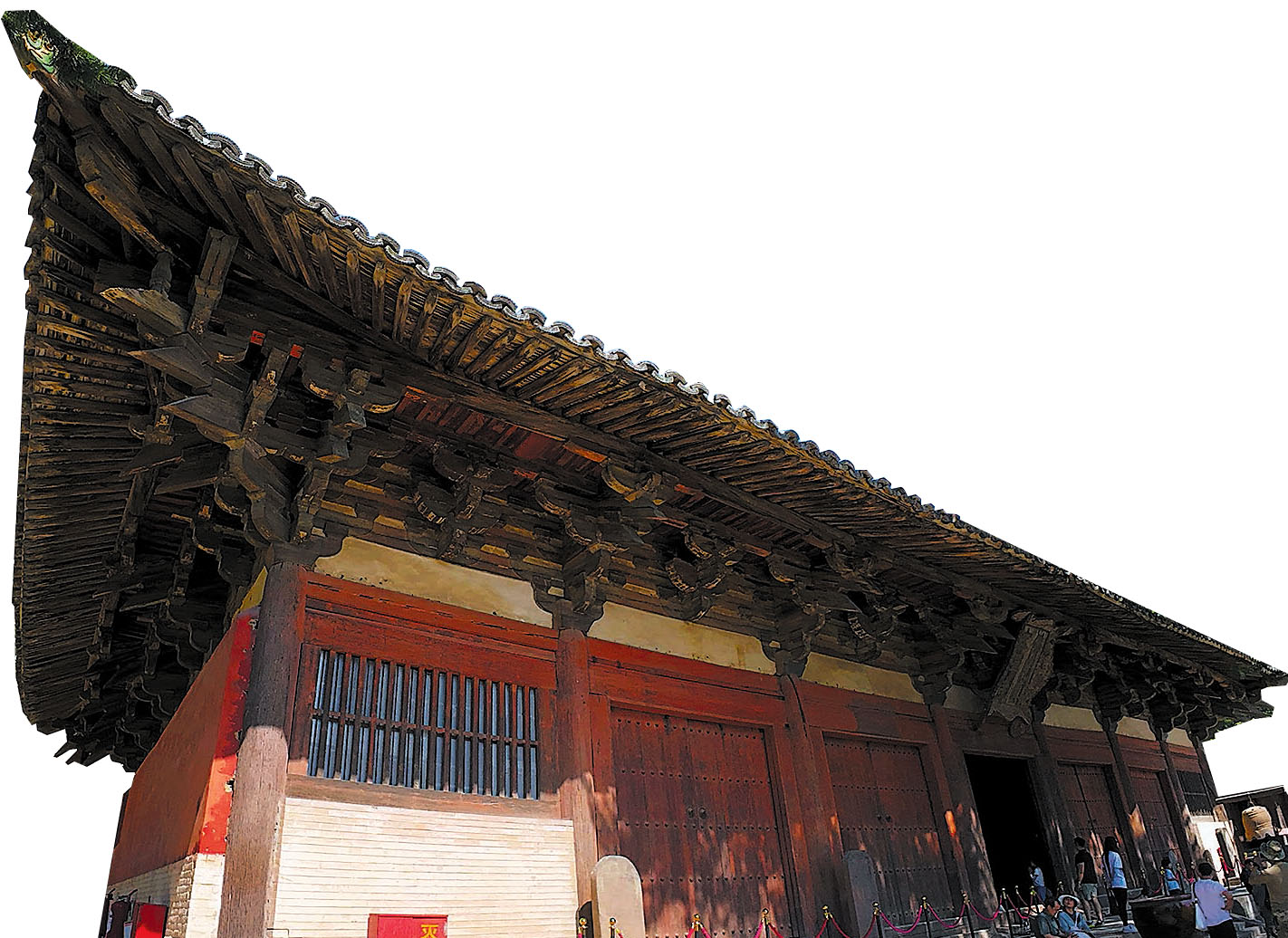
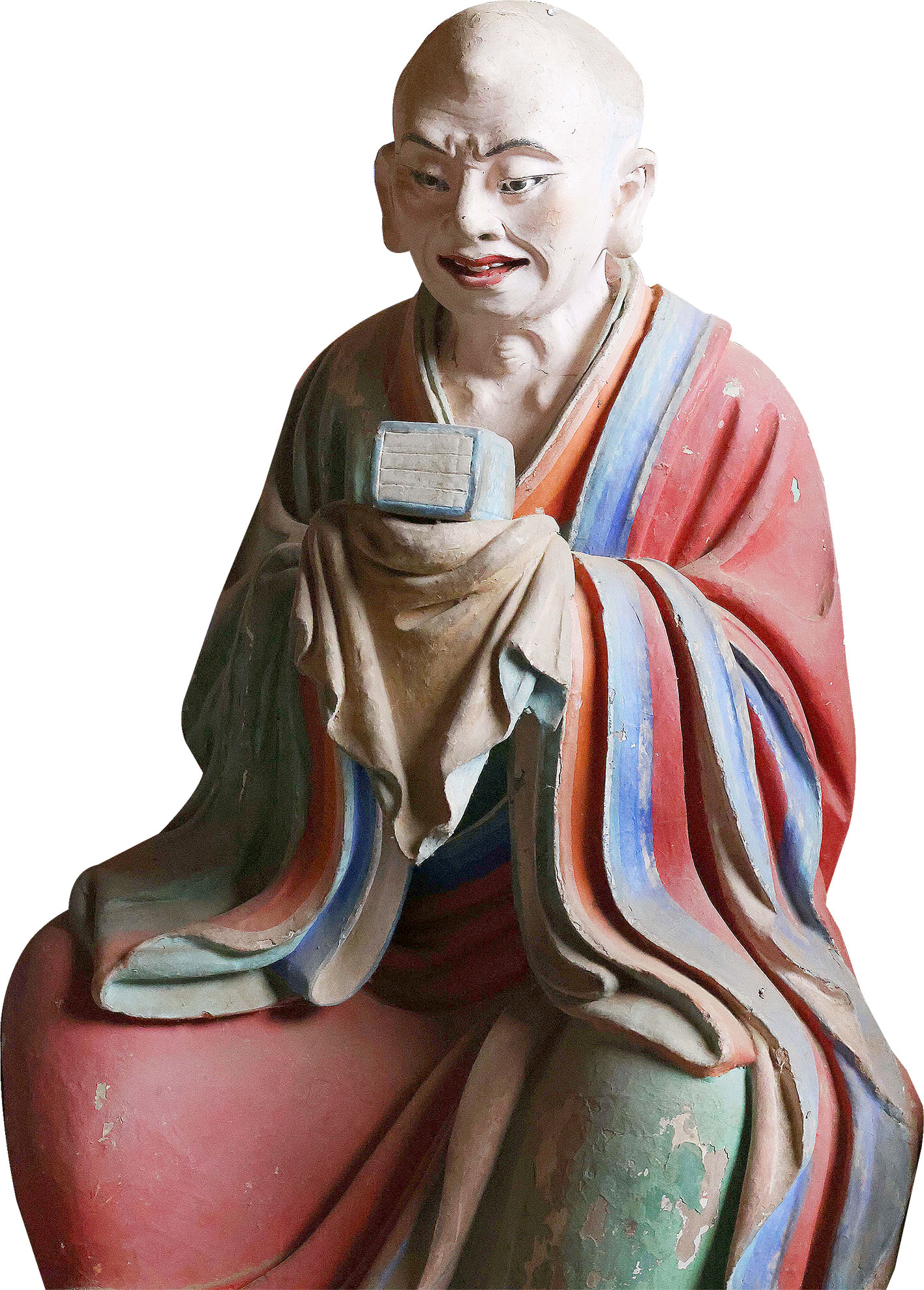
Technologies such as VR and interactive digital platforms are offering visitors immersive experiences and a more profound engagement with history, he said. They are able to "transport" users to heritage sites that may be far away or inaccessible because they are in a fragile condition.
Virtual tours of Foguang Temple let visitors from anywhere in the world explore its halls, courtyards, and artifacts, creating deeper connections with the past, Lu said.
Meanwhile, AR applications can overlay historical information or reconstructed elements onto a physical site, enhancing visitors' understanding of the temple's history and significance.
By digitally replicating structures, a permanent record is created that can withstand the wear and tear of time. This ensures future generations will be able to experience these wonders even if the originals are damaged by natural disasters or neglect, Lu said.
Artificial intelligence is playing an increasingly important role in heritage preservation.
An AI monitoring system has been installed to track environmental factors such as temperature, humidity, and structural stability at Foguang Temple. Sensors and data analysis tools provide real-time updates on the temple's condition, enabling prompt responses to potential threats.
"This proactive approach is crucial for safeguarding fragile artifacts and structures from damage and degradation," Lu said.
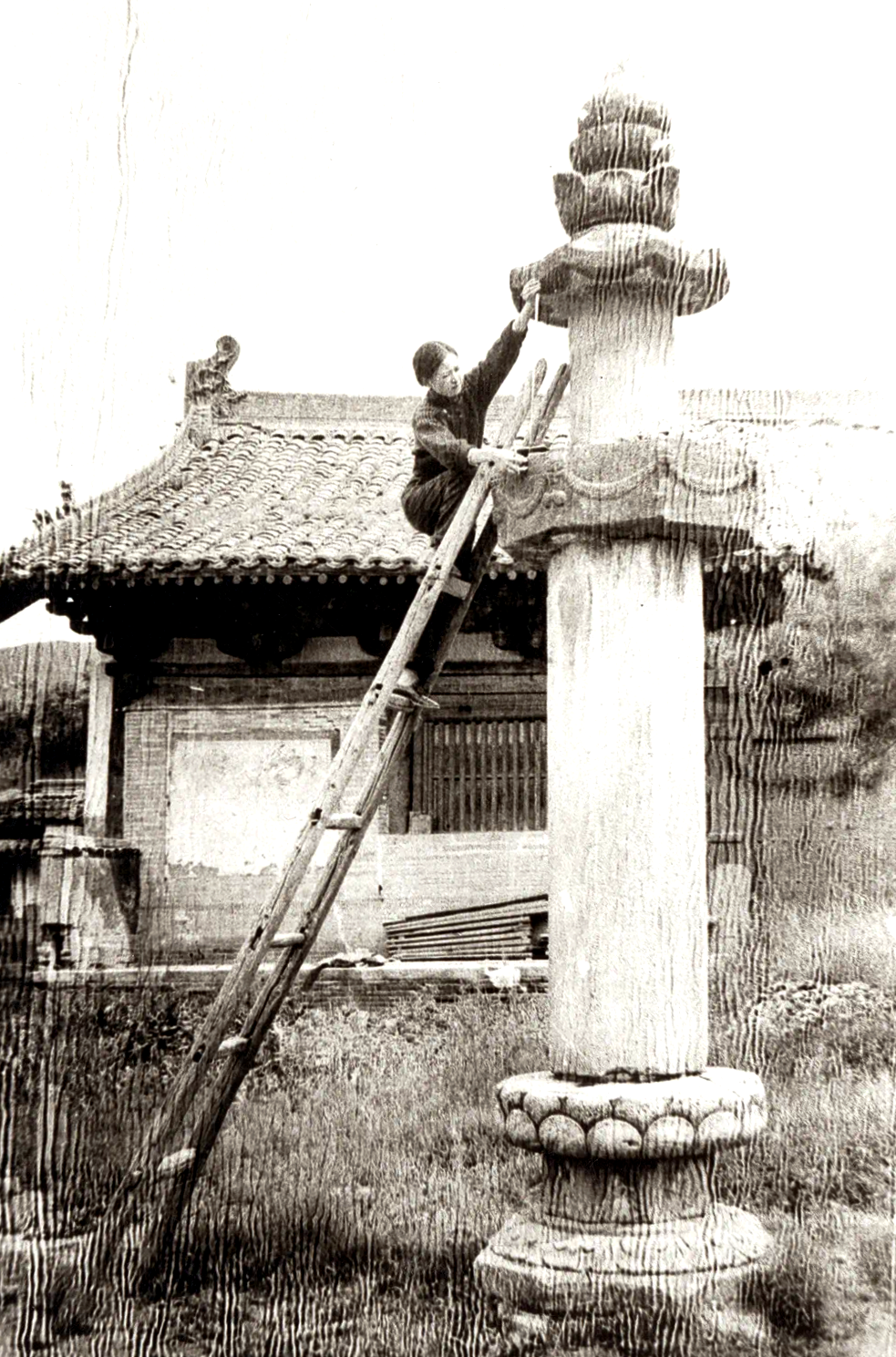
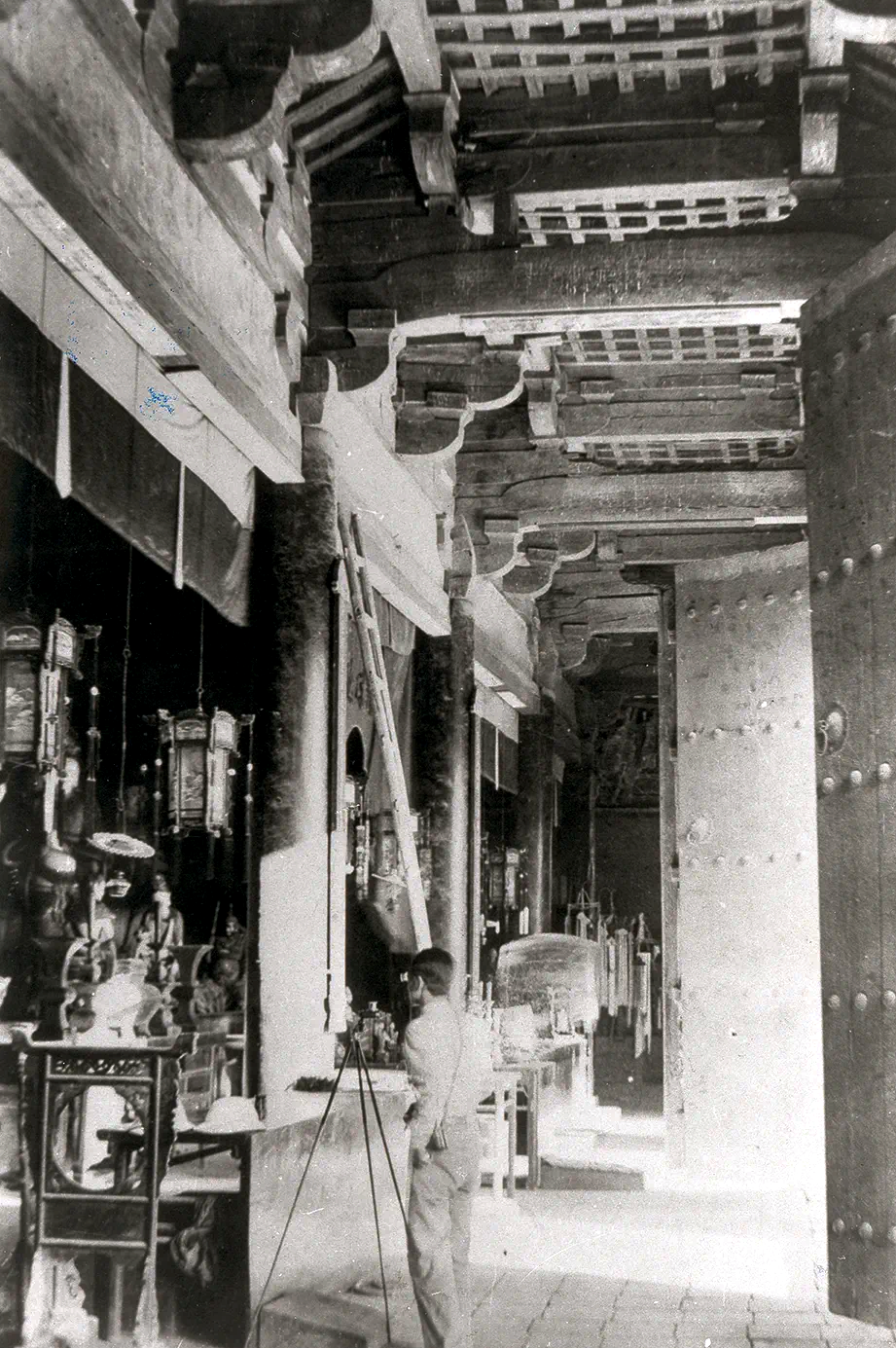
In 2005, the Shanxi Culture Relics Bureau collaborated with Tsinghua University's Architectural Design and Research Institute to make data collection at the temple more precise.
Using 3D-scanning methods that can measure both horizontal and vertical angles, distances, and store digital survey data for later use, the team has achieved millimeter accuracy in documenting the temple's structural details. This allowed researchers to gain deeper insights into the temple's construction techniques, materials and structural dimensions.
In 2019, the Shanxi Provincial Institute for the Protection of Ancient Architecture and Painted Sculptures and Murals, the Xinzhou Institute of Cultural Relics and Archaeology, and Zhejiang University joined hands to produce a highly detailed 3D color model of the temple.
ALSO READ: Joining ingenuity with culture
This was achieved through advanced imaging and data processing algorithms, and the model serves as a permanent digital archive.
Lu said his institute has also utilized AI to collect literature and historical material related to Foguang Temple. "This enables further exploration of the historical, artistic, scientific, social and cultural values of the temple," he said.
Contact the writers through caodesheng@chinadaily.com.cn


